For something that was never meant to go outside of its country and just be a product to sell some toys, anime has come a really, really long way. From its humble beginnings as a children’s show, it is now a multi-billion dollar industry with stakes in almost every genre imaginable. And it’s not hard to see why considering how it caters to such a wide audience. Like, despite your origins or where you come from, somehow there is an anime out there that you will relate to. This is why it rose to popularity in places like America.
Anime became so popular in the West, specifically America, because of how different it was from the fare that tv channels were usually airing there. Thanks to the airing of anime such as AstroBoy and Akira, the animation scene started to change. Anime was something so foreign that it didn’t treat the children as immature. But rather, it introduced heavier themes such as war, betrayal, and even death, which was just a class apart from whatever western animations could offer at the time.
And that isn’t just true for America alone. Tons of places outside of Japan, including Southeast Asian countries and Latin America, started going through this huge anime phase following popular shows such as Dragon Ball and Sailor Moon getting broadcasting rights. Sure, the dubs weren’t great, and the airing hours were weird. But like most weebs growing up in the late 90s/early 00s will tell you, it’s what shaped us into the weird nerds that we are today.
Anime happens to still be a powerhouse because it never really got stale or old. You don’t have many western shows that have that same re-watchable factor. It’s why it blew up in the West the way it did. Sure, it was bold and colorful, often with stories that encompassed fantasy and magic. But was there more to it than just being this new cool foreign thing? Let’s discuss!
Anime In the 90s: Opening Up A Whole New World?
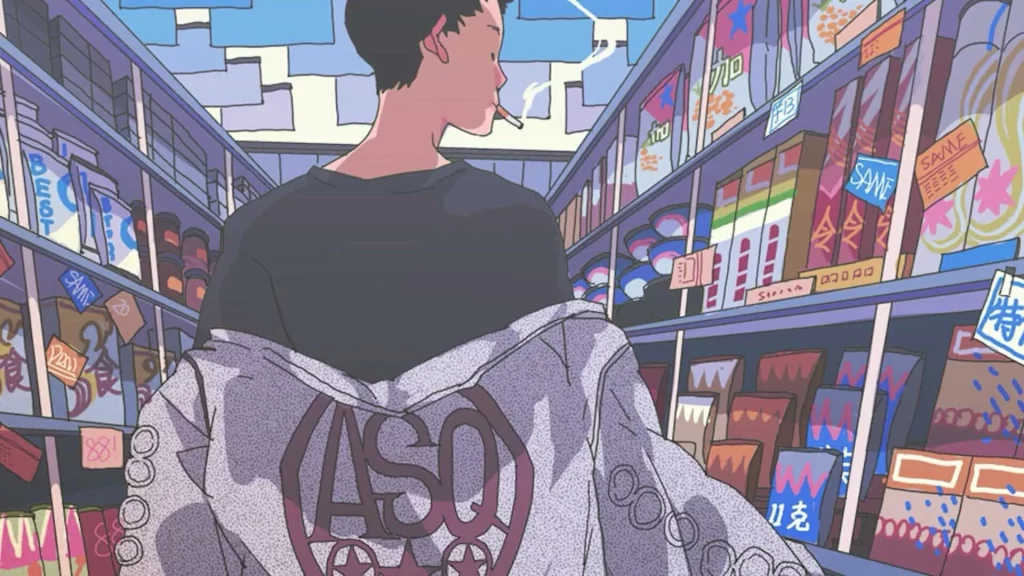
Back in the day, cartoons were just, well, cartoony. They were full of slapstick humor and followed a ‘monster/moral of the day’ episode schedule without much of an overarching story. And that was great; I loved watching the PowerPuff Girls and Dexter’s Laboratory as a kid. Don’t get me wrong, those shows have their place.
But then anime came on the scene. And suddenly, you had these amazing female protagonists with their cute outfits and girly magic fighting crime and building up a narrative that seemed so grown up. I ended up obsessed with Sailor Moon and Cardcaptor Sakura growing up, filled with sparkles and powers and actual stakes to fight for. So, for a 6-year-old me, seeing someone in a skirt fight bad guys with her team of friends was like a dream.
And that’s how anime burst on the scene, with its stories that were so incredibly detailed for the time, that built on an actual plot. This helped create this rich and intricate world for us, the viewer, to get lost in. And this isn’t, like, Cowboy Bebop or anything that I’m talking about here. This can easily be said for something like Digimon Adventure or Pokémon, both shows that were targeted at children. And yet, didn’t treat their audience as inferior.
Stories That Grew Up With Its Audience:
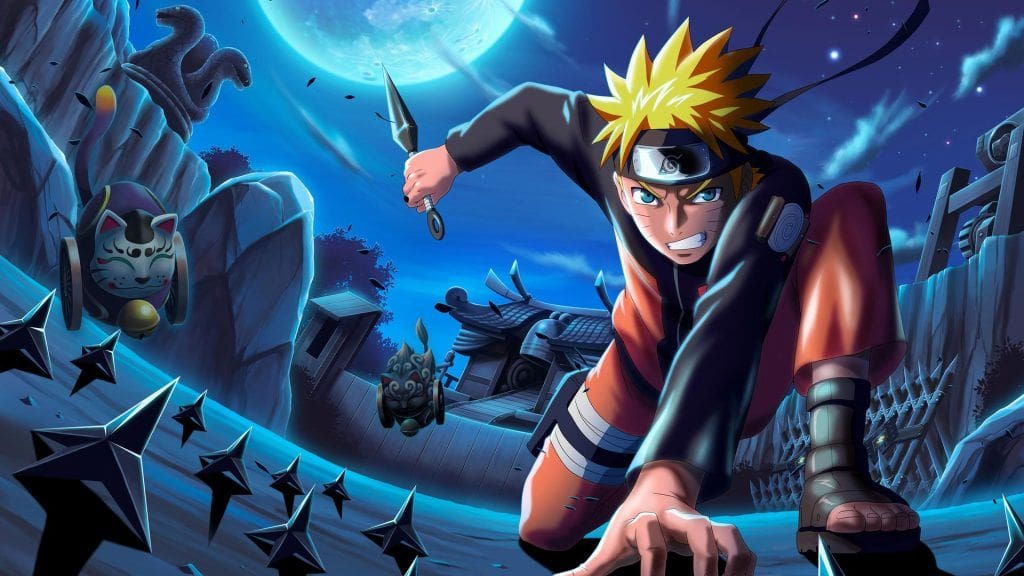
Speaking of Digimon, there is something so fascinating about watching a show grow old and its characters change in age as you do. Digimon Adventure is the biggest example of this, with how it chronicled the original Digidestined. Right from their childhood (Digimon Adventure/Digimon Adventure 02) through adolescence in high school (Digimon Tri) and even adulthood (Digimon The Last Movie), for two decades.
And as a huge Digimon fan, it was so special seeing them grow with me, sharing similar experiences and ending with a conclusion that I, an adult, could relate to. I wasn’t exactly going to get teleported to the Digiworld anytime soon, but it felt like I experienced the magic with them. That kind of emotion just doesn’t come from anything in Western media that I can recall.
As I grew older, my tastes in anime evolved. Sure, I enjoyed the cutesy teenage favorites such as Fruit’s Basket and Ouran High School Host Club, but I was also getting into Full Metal Alchemist: Brotherhood, Death Note, and the like. And now, while I love shows that are grittier such as Banana Fish and Monster, I’m also a huge fan of shows such as Sasaki To Miyano-Kun and Violet Evergarden.
All of these shows have no similarity to the other. And that is exactly why anime works. It’s so diverse that you’re bound to find something that resonates with you.
Anime Now: A Pop Culture Zeitgeist!
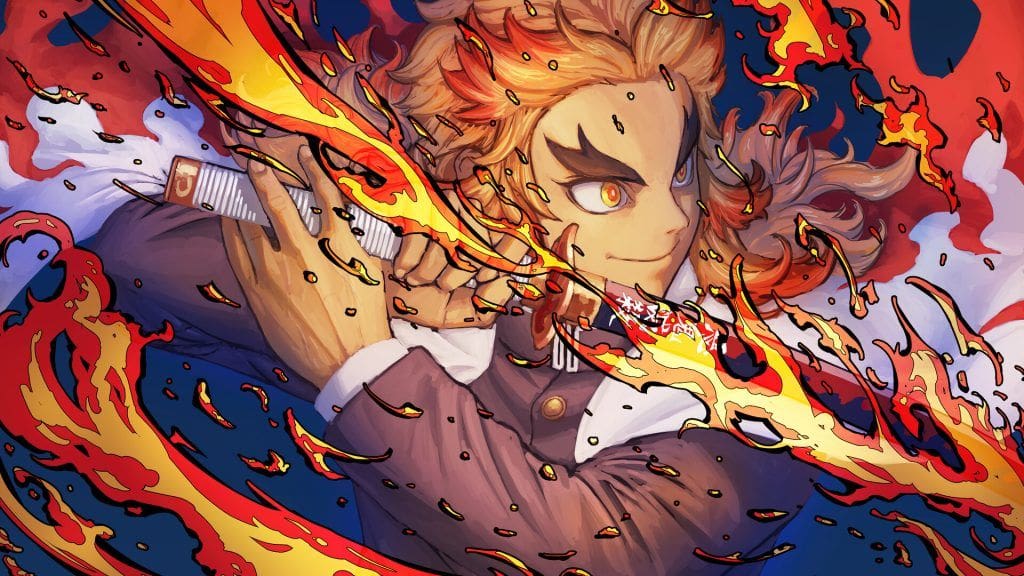
With the dawn of shows such as Jujutsu Kaisen, Spy x Family, and My Hero Academia, anime is the new mainstream. It is now on par with some of the biggest franchises you can think of. I mean, look at the numbers Demon Slayer did outside of Japan alone.
What started as a niche in Japan has become a global phenomenon. And it isn’t just the nostalgia alone that keeps it going. Anime and manga are just so much more accessible now. You don’t have to wait for cable TV to run your favorite show, you can look it up yourself on streaming sites like Crunchy Roll and see what suits you.
And the library is endless. There are countless anime you can pick and choose from, catering to a variety of different tastes. There is a better representation along with fewer myopic views. There is truly an anime out there for everyone. And, no, it isn’t just for kids anymore. If anyone thinks that, show them Attack On Titan.
And that’s really why anime reached the heights it did abroad in places like America and Europe. Because no other animation medium is doing it like they are. No other medium is covering uncharted genres, experimenting with stylistic choices, and growing the way anime is. It’s intriguing, it’s entertaining, and it’s definitely cool.












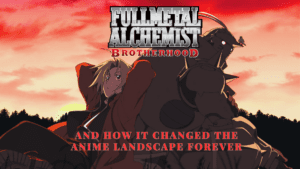
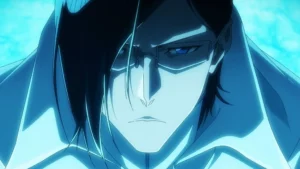
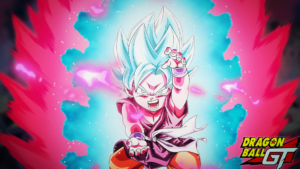

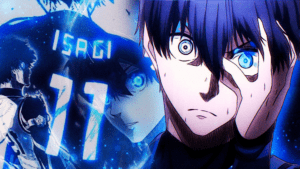

What do you think?
It is nice to know your opinion. Leave a comment.